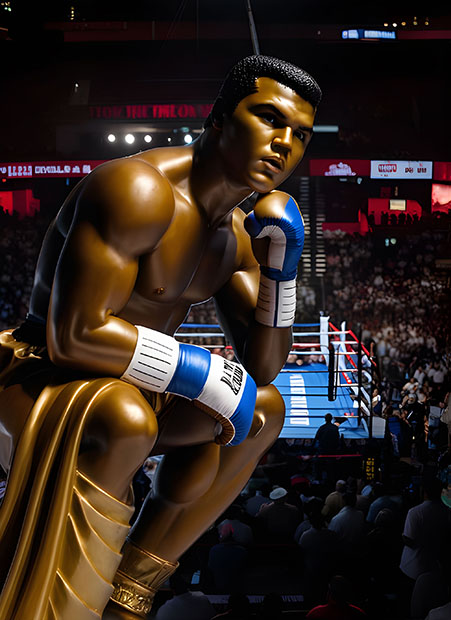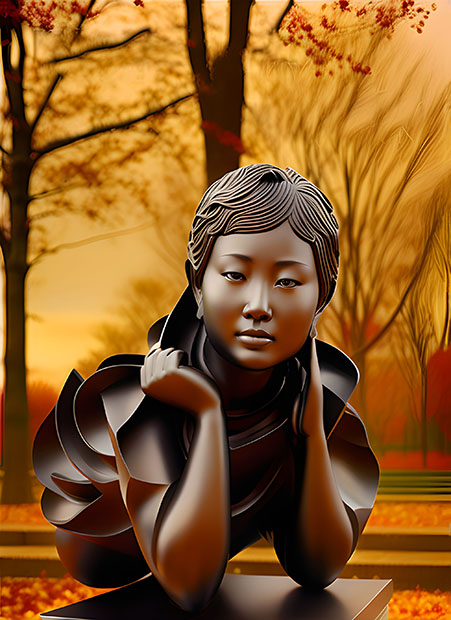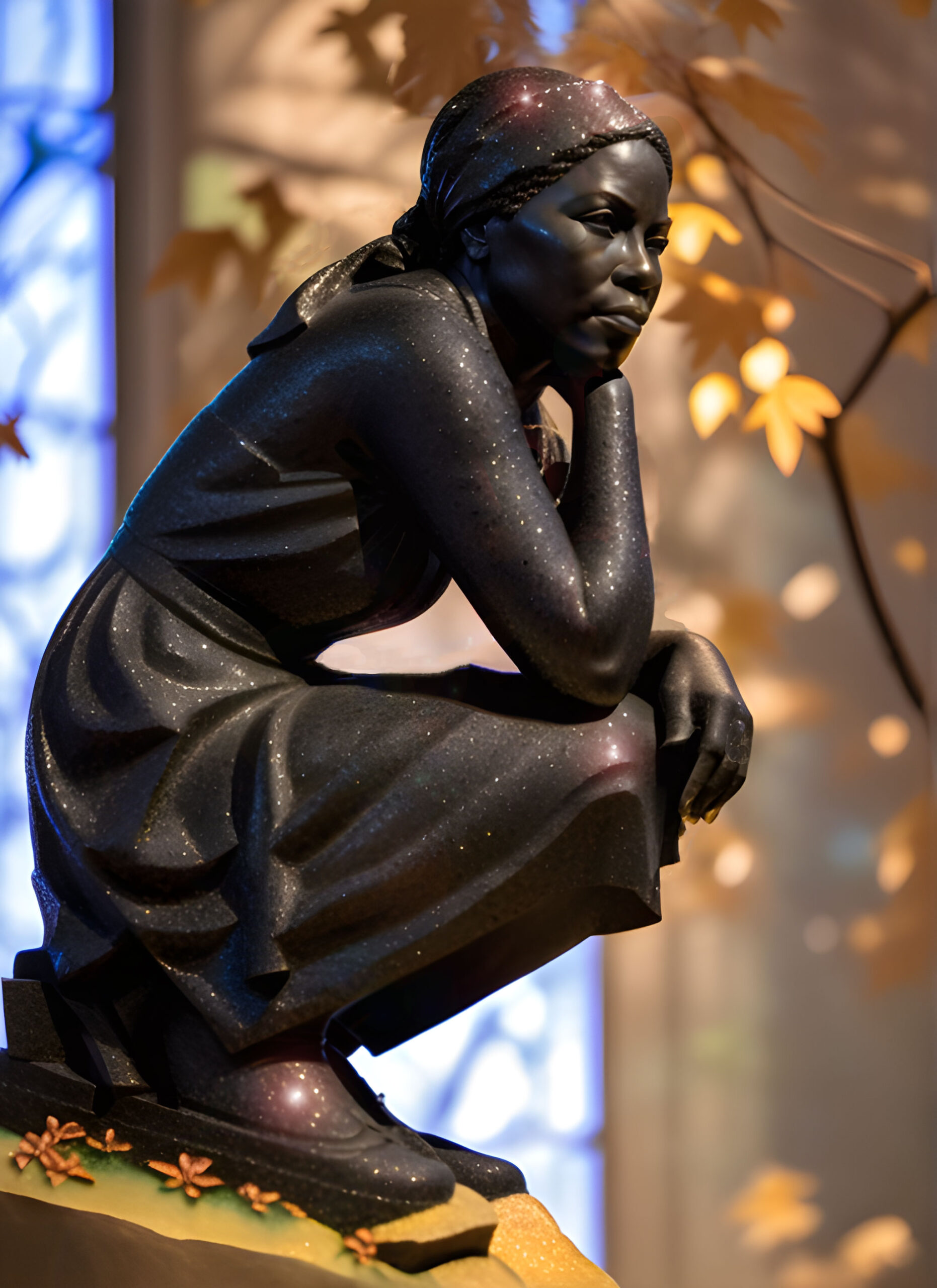Harriet Tubman was one of America’s most remarkable freedom fighters, whose courage and determination helped forge paths to liberty for dozens of enslaved people. Born Araminta Ross into slavery in Maryland, she later adopted her mother’s first name, Harriet. After suffering a severe head injury at the hands of a slave owner in her youth – an injury that caused lifelong seizures and headaches – she developed a profound spiritual faith that guided her throughout her life.
In 1849, upon hearing rumors that she was to be sold, Tubman escaped to Philadelphia and found freedom. However, she refused to remain free while others remained in bondage. Over the next decade, she made approximately 13 daring missions back into slave territory, guiding around 70 people to freedom through the Underground Railroad. Her success earned her the nickname “Moses,” and slaveholders offered a $40,000 bounty for her capture; about $1.2 million in today’s dollars.
During the Civil War, Tubman served the Union Army as a scout, spy, and nurse. She became the first woman to lead an armed military raid when she guided the Combahee River Raid, which freed more than 700 enslaved people in South Carolina. After the war, she turned her attention to women’s suffrage and establishing a home for elderly African Americans, continuing her lifelong fight for human dignity and justice.
Despite her heroic service to the nation, Tubman struggled financially in her later years and was initially denied a military pension. She supported herself and others through farming and domestic work, eventually receiving a widow’s pension for her second husband’s Civil War service. Her life exemplified the power of one person’s absolute commitment to freedom and justice.
Harriet Tubman’s Statue
The statue captures Tubman in a moment of profound contemplation, cast in deep obsidian black with subtle sparkles that catch the light of the North Star that guided so many to freedom. The figure shows her crouched in a position of both watchfulness and reflection, suggesting both her role as a conductor on the Underground Railroad and her deep spiritual nature. Her simple dress and head wrap speak to her humble origins, while her alert, forward-looking pose conveys her determination and courage. Set against a backdrop of autumn leaves and stained glass, the statue creates a powerful meditation on freedom, faith, and the human spirit.
More Thinkers to Explore

Muhammad Ali

Maya Lin

John Lennon

